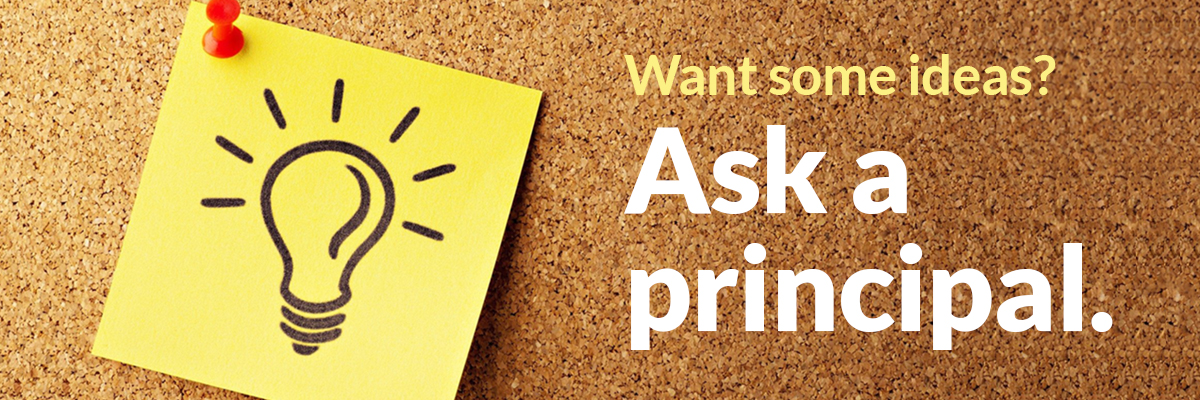
I’m sure you all have varying opinions about the dangers of flooding the system with money to address the social, emotional, relational, achievement, access, hope, and expectation gaps that exist for our kids (and adults). Either way, the
gaps persist and must be addressed. The scary part is the timing and pressure to put strategic, equity-focused plans in place. But what I fear even more is planning that doesn’t involve the voice of principals, and especially, our students.
The research continues to be very clear about the important role principals play in the system – as leaders of culture, systems, and learning – and as creators of hope. This became even more clear as I watched our amazing principals lead during
COVID. Their leadership during the last year has been nothing short of extraordinary. Let's not overlook their leadership, persistence, commitment, and experience as districts begin developing those plans. Who has the best glimpse into what each individual
school needs? Principals. Let’s make sure we ask them.
So guess what we did? We asked our members what they want and I encourage leaders across the system to authentically engage principal voice in their ongoing discussions.
What did our members say? Whatever is decided, it must be strategic and sustainable.
Here are a few additional suggestions…
Principal Input is Critical. Don’t make decisions for us, make decisions with us.
Change the Narrative from Loss to Hope. We need to celebrate the successes of students and adults during this past year. Yes, we’ve experienced loss, but we’ve also seen incredible stories of courage and resilience.
Let’s stop spreading a narrative of loss and shift public opinions of public education to the hope we will be creating for each and every student in the system as we rebuild a newer and better public school system.
There’s Nothing Typical About Prototypical. Our students need hope and hope requires relationships with caring adults. If we want to recover quicker then we need to fund more building leaders, counselors, social workers,
behavior specialists, family engagement coordinators, mentors, etc.
Smaller Class Sizes. One of the benefits of hybrid learning has been smaller class sizes, attention to the social-emotional needs of our students, the ability to personalize learning for each and every student, and very few discipline matters.
Sustainable and Equitable Systems for our Students and Staff. We need broadband access and support to purchase computers/devices. Our staff need continued professional learning around maximizing online learning. We need to continue engaging in inclusionary and equitable teaching and leadership practices. Our students need funding for future curricular and extracurricular activities.
Continue to Engage Families and Community Partners. In this crisis, we’ve reached out in very creative ways to our families and have developed more tools to effectively connect with them. We need to continue as partners with families as we work together with students.
Keep What’s Working. We need time to reinvent our education system and time to redefine the time and space we use to educate students (mastery-based learning, flexible schedules/hours, assessment, etc.).
Bottom line, let’s not rush into decision-making around how to use these emergency funds. Let’s think about strategically taking the lessons and silver linings from the last year and build a much brighter, more equitable, and hope-filled
future for our students. And in case you didn’t catch my emphasis at the top, please involve principals in the dreaming, deciding, and planning process.
If you want someone other than Scott’s opinion, see what the national elementary and secondary principal associations say on this topic.
You should also watch the LEV's "Levinar" embedded below, or at least read their summary.